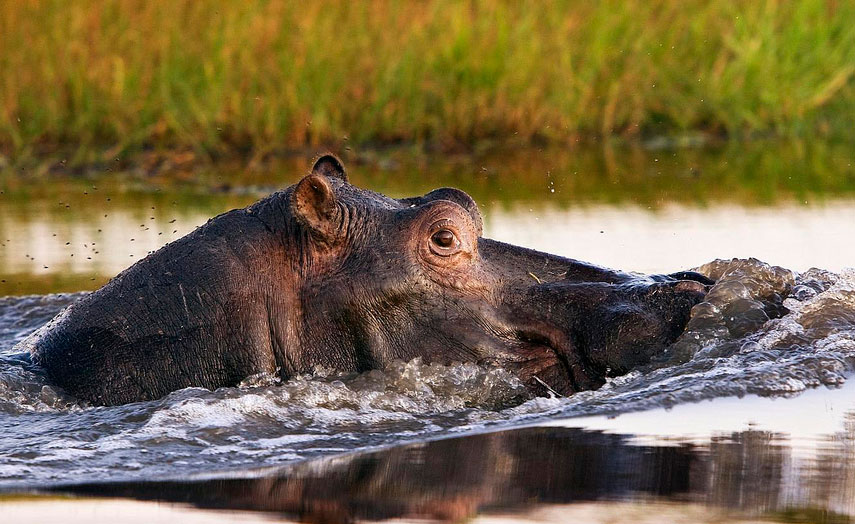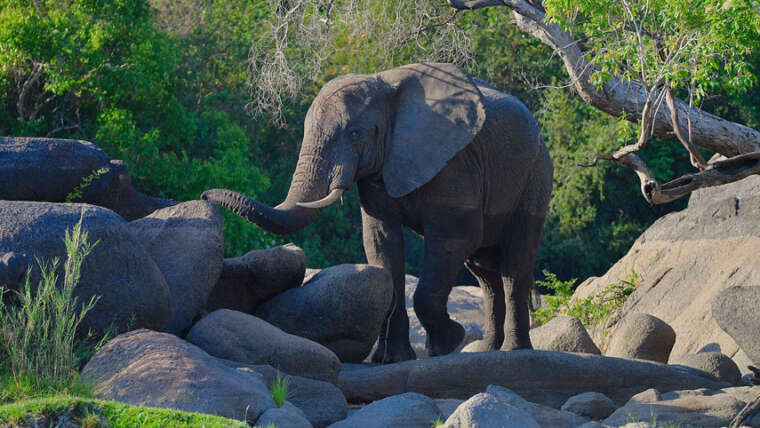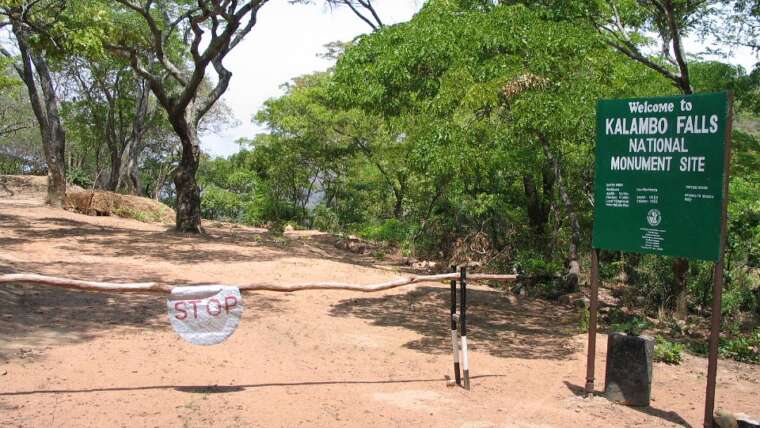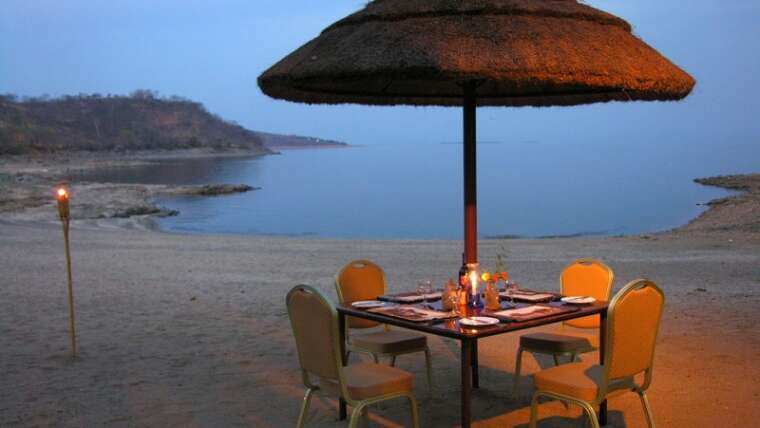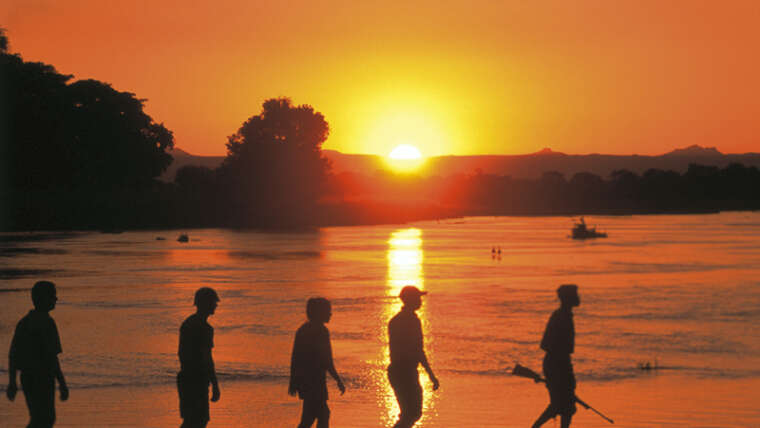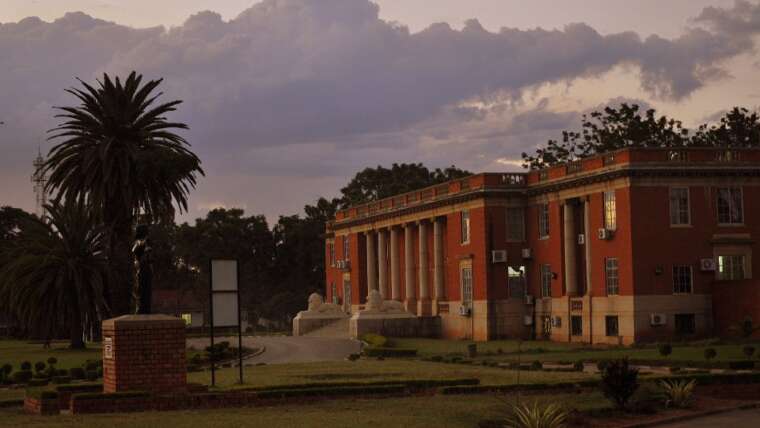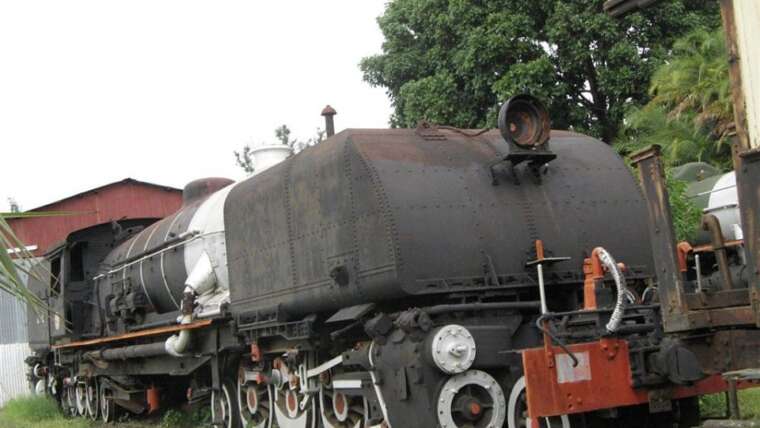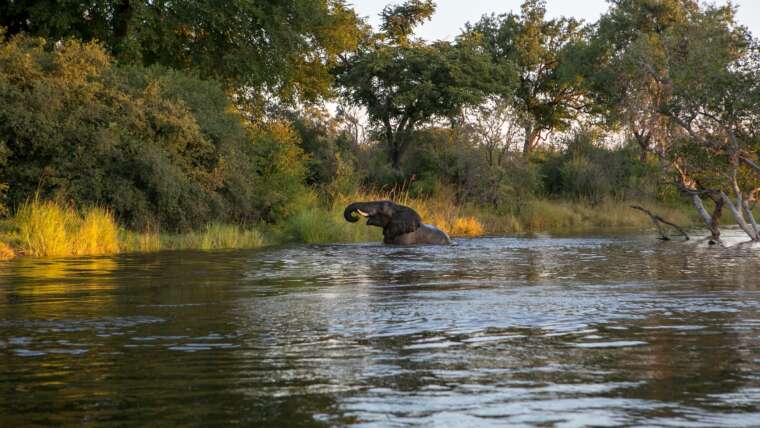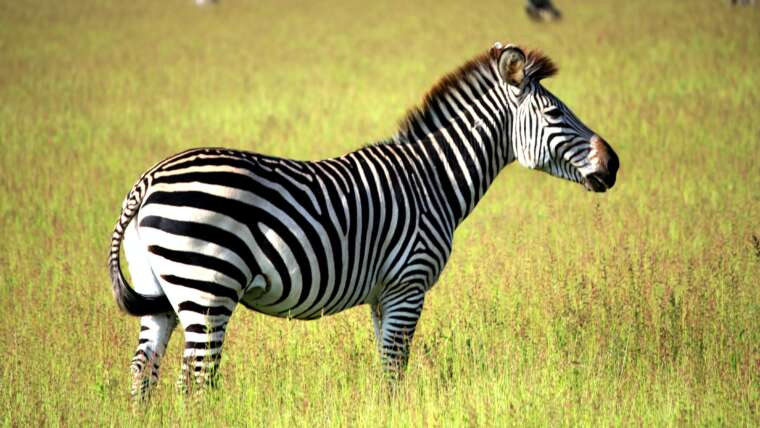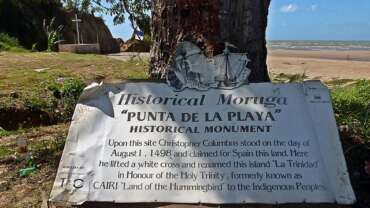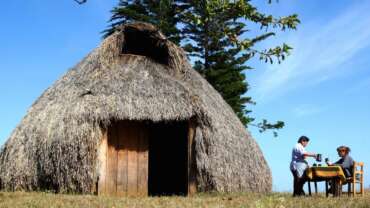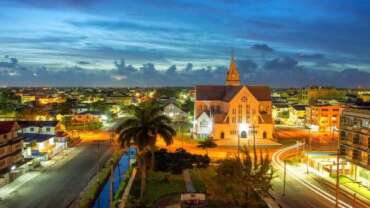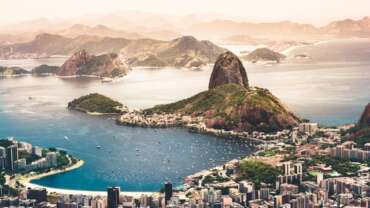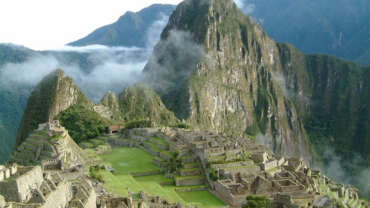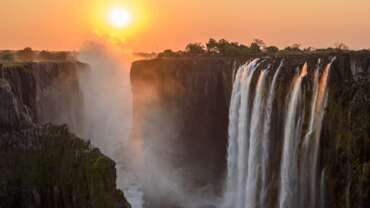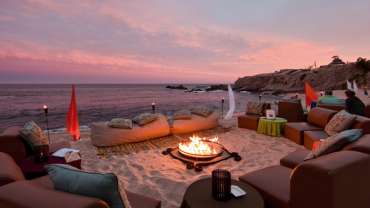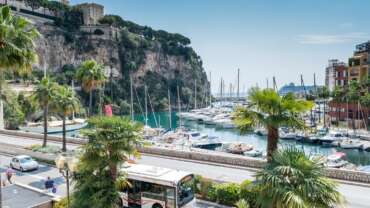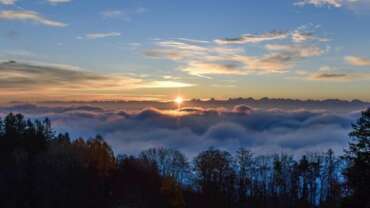Discover Zambia, Experience Africa
The land of the legendary African walking safari, Victoria Falls, the wild Zambezi River,abundant wildlife,and raw wilderness,all in one friendly country.
Blessed with awe-inspiring natural wonders, an abundance of wildlife, huge water bodies and vast open spaces, Zambia offers unforgettable holidays exploring the real Africa.
Acknowledged as one of the safest countries in the world to visit, Zambia’s welcoming people live in peace and harmony.
And here, in the warm heart of Africa, you will find some of the finest Safari experiences on the planet, including face to face encounters with Nature at its most wild. Spectacular waterways provide adrenaline-thrills or a leisurely playground of activities for all ages.
Seventeen magnificent waterfalls, apart from the spectacular Victoria Falls, provide ‘cascade followers’ an adventure into the remote undeveloped rural areas where a taste of village life can be experienced. Spectacular daily sunsets are almost guaranteed.
History of Zambia
Archaeology and early history
Stone tools attributable to early types of humans have been found near Victoria Falls and in the far northeast, near Kalambo Falls. Excavations at Kabwe in 1921 revealed the almost complete skull of Homo sapiens rhodesiensis (“Broken Hill Man”), which may be well over 100,000 years old. However, by 20,000 BCE the only surviving type of human throughout the Old World was the ancestor of modern humans, Homo sapiens sapiens, who developed the use of spears, the bow and arrow, game traps, and grindstones. Remains of such industries have been found in much of central and northern Zambia, sometimes near lakes and rivers but often in caves and rock-shelters.
During the 1st millennium CE, Zambia was occupied by migrants from farther north who probably spoke Bantu languages; they certainly cultivated crops and kept domestic stock. Traces of ironworking in central and western Zambia have been dated to the first five or six centuries CE. Iron tools and weapons greatly increased mastery over both man and nature and, together with food production, promoted population growth. Stone-using hunters and gatherers were liable to be overrun and absorbed by the food producers, though some survived on the edges of farming zones until a few centuries ago. The complex layers of paintings found in rock-shelters in northeastern Zambia indicate that the homes of stone-using hunters became the shrines of invading farmers.
In central Zambia, by the 6th century CE, the first food producers worked copper as well as iron. By about 1000 CE, copper ingots were being made at Kansanshi, at the western end of the Copperbelt, which implies that copper was being traded extensively and perhaps used as currency.
Early in the 2nd millennium CE, cattle keeping became more intensive on the Batoka Plateau of southern Zambia, while cotton spinning and pipe smoking were introduced. The associated pottery seems directly ancestral to that made locally in the 20th century. Similar evidence of cultural continuity over a long period has also been found in the resemblance between modern pottery in central, northern, and eastern Zambia and a kind of pottery that has been dated to the 12th century CE. The differences in pottery traditions have been ascribed to immigration. They also indicate thicker settlement of woodland through the adoption of chitemene cultivation, widespread in Zambia even today. That technique depends heavily on the use of iron axes, because seed is sown in the ashes of branches lopped from trees.
In southern Zambia, archaeology has thrown light on both the emergence of class distinctions and the beginnings of trade with the east coast. About the 14th century a few people were buried wearing ornaments of seashells and exotic glass beads near Kalomo and at Ingombe Ilede, near the confluence of the Zambezi and Kafue rivers. The latter burials also included gold beads, copper ingots, and iron bells of a kind later associated with chieftainship. Those metals would have come from south of the Zambezi, but they were probably being reexported down the river by Muslim traders, either Arab or African.
The period between about 1500 and 1800 remains relatively obscure. This was when copper was most intensively mined at Kansanshi, but it is not known who was buying it. The main evidence for these centuries consists of oral traditions. In much of Zambia, from the upper Kafue to the Malawi border, there are legends of tribes being founded by chiefly families who came from Luba country in what is now southeastern Democratic Republic of the Congo. Such stories should not be taken at face value; they dramatize prolonged processes of population drift and the spread of cultural influences. By the 18th century, small-scale chieftainship was probably widespread in northern and eastern Zambia, but few of the tribal names current today would have meant much; such names refer not to long-enduring communities but to changing perceptions of cultural and political differences. In the early 19th century, however, there were at least four areas in which the growth of kingdoms was strengthening the sense of tribal identity: in the east, among the Chewa; in the northeast, among the Bemba; on the lower Luapula, among the Lunda (who had indeed invaded from the west about 1740); and on the upper Zambezi, among the Luyana (later called Lozi). In the Lunda and Luyana kingdoms a prosperous valley environment encouraged dense settlement and prompted the development of relatively centralized government.
People of Zambia
Ethnic and linguistic composition
Most Zambians speak Bantu languages of the Niger-Congo language family and are descended from farming and metal-using peoples who settled in the region over the past 2,000 years. Cultural traditions in the northeast and northwest indicate influences and migrations from the upper Congo basin. There are also some descendants of hunters and gatherers who seem to have been pushed back into the Kalahari, the Bangweulu and Lukanga swamps, and the Kafue Flats. In the 19th century invaders arrived from the south: the Ngoni settled in the east, while the Kololo briefly ruled the Lozi in the upper Zambezi valley. Europeans began to enter in significant numbers in the late 19th century.
Although most Zambians are of Bantu origin, the complex patterns of immigration have produced wide linguistic and cultural variety. The Bemba group is the most widespread, accounting for more than one-fifth of the population, and is distributed in the north-central part of the country, in the Northern, Luapula, and Copperbelt provinces. The Nyanja (also known as Chewa) and Tonga language groups are also important, together accounting for more than one-fifth of the population. Nyanja languages are spoken in the Eastern and Central provinces, while Tonga languages are spoken mainly in the Southern and Western provinces.
There is still some relationship between the distribution of major ethnic groups and the administrative division of the country into its predominantly rural provinces and the provinces along the Line of Rail. Western Province is dominated by the Lozi, who live on and about the floodplain of the upper Zambezi. Lozi society is markedly centralized under the leadership of a king, the litunga; the community continues to nurture separatist aspirations.
In North-Western Province, adjoining the Angolan and Congolese borders, there is no single dominant group; the peoples there include the southern Lunda and the Luvale, Chokwe, Luchazi, Mbunda, Ndembu, and Kaonde.
Southern Province is home to the Ila-Tonga peoples, of which 12 separate groups speaking closely related dialects may be identified. Settlement is characterized by dispersed homesteads. Traditionally cattle-owning, they occupy an area of above-average soil fertility through which the railway was built, encouraging early involvement in commercial agriculture.
Northern Province is dominated by the Bemba, who formed an extensive kingdom in the 19th century. The province was a major source of mine labour, and Bemba has become the lingua franca of the Copperbelt as well as the most widely spoken language in the country. Most languages in the northeast of the province are closely related to languages in Tanzania and Malawi.
Luapula Province extends along the river of that name from Lake Bangweulu to Lake Mweru and is inhabited by a number of Bemba-speaking but culturally distinct peoples (among them the Lunda, Kabende, Aushi, and Chishinga). Fishing is the major economic activity. In the 19th century the valley was dominated by the Lunda kingdom of Kazembe (see Lunda empire).
Eastern Province is the home of the Nsenga, Chewa, Kunda, and Ngoni. The last group invaded from the south during the 19th century but took the language of the peoples that they raided. Agriculture is the dominant activity, and the primary language is Nyanja, which is also spoken in Malawi and is the lingua franca in Lusaka, to which many migrants from this area have moved.
The ethnic boundary between the Ila-Tonga and the Lala-Lamba groups runs approximately through Central Province, with the Lenje-Soli peoples occupying a buffer area between the two. The Lenje are related to the Ila-Tonga, and the Soli to the Lala-Lamba, who, in turn, are connected with the Kaonde of North-Western Province.
Copperbelt (formerly Western) Province is the location of the mining industry. The population is composed of people from all parts of Zambia, as well as some from neighbouring countries. This is true also of Lusaka Province, a small province created around the capital from the southern part of Central Province in 1976.
The non-Bantu population tends to be located in the towns and the commercial farming community and is concentrated in areas that coincide with the Line of Rail. This group includes Europeans and people of European descent, some holding Zambian citizenship. Many left after Zambia gained independence in 1964, and their numbers steadily declined from about 40,000 in the late 1960s to about 2,500 in the early 2000s. The decline has been partly due to the process of nationalization and Zambianization of such key industries as mining, in which regulations were put in place to restrict the employment and residence of nonnationals. By contrast, the number of Asians in Zambia has risen since independence. The majority are engaged in the retail trade, and they are concentrated in the major towns, because in 1970 non-Zambians were prohibited from trading in rural areas. Most are Indians, mainly Gujarati speakers from western India.
Numerous languages or dialects have been identified in Zambia. There are seven official vernacular languages: Bemba, Nyanja, Lozi, Tonga, Luvale, Lunda, and Kaonde, the latter three being languages of North-Western Province. English is the official language of government and is used for education, commerce, and law.
Religion
Zambia is predominantly a Christian country, although few have totally abandoned all aspects of traditional belief systems. The first Christian missions arrived before colonial rule, and the growth of adherents was greatly assisted by the schools that they established. More than three-fourths of Zambians identify as Protestant, while Roman Catholics make up one-fifth of the population. The growth of fundamentalist churches has been particularly noticeable since independence, and the government of the newly independent country soon ran into conflict with two of these, the Jehovah’s Witnesses and the Lumpa church. The Asian community is predominantly Hindu, the rest mainly Muslim. There are relatively few Muslims among the African population.
Cultural Life of Zambia
Cultural milieu
Since the 1950s the Zambian cultural scene has been transformed by large-scale urbanization and exposure to exotic influences from Europe, the Americas, and other parts of Africa. The popularity of soukous dance hall music from the Democratic Republic of the Congo, for example, has overwhelmed interest in indigenous music. Foreign aid in the form of second-hand Western clothing (called salaula) has had a negative effect on the domestic clothing industry.
With the object of preserving cultural diversity, government initiatives have led to the revival of many traditional ceremonies. Some, such as the kuomboka of the Lozi—a now-ceremonial trip to higher ground (the “flood capital”) from the Zambezi floodplain during the river’s annual flood—survived essentially unchanged; others have taken up new forms.
Daily life and social customs
Zambians still value traditional communal ideals such as reciprocity within a household, the extended family, the neighbourhood, the clan, and a formal political system of chieftainship. Changes in the modern arena have been too uneven to reduce Zambians’ dependence on one another, so they often exercise umucinshi, a Bemba term for mutual respect, when negotiating favours.
As a predominantly Christian country, Zambia marks the celebration of the Christian holidays of Good Friday, Easter, and Christmas. Independence Day is observed on October 24, and a variety of other holidays—such as Youth Day, Heroes Day, Unity Day, and Farmers’ Day—take place throughout the year. Additional feasts and festivals unique to various ethnic groups are also celebrated.
The arts
Traditional Zambian art consists chiefly of wood carving (most often practiced by men), pottery making (usually practiced by women), and basket weaving (practiced by both genders). Among musical instruments, drums are the most widely used, but there also are stringed bows, flutes, horns and pipes, xylophones, bells, rattles, and the kalimba, or African piano, made of strips of steel attached to a small board and vibrated by the fingers. Music, dancing, and song are used in tribal rituals and celebrations and are connected with good health, prosperity and security, or with the cycle of birth, marriage, and death. Music, as in many other countries, is used for entertainment as well and varies in form among ethnic groups.
Various types of theatre have flourished. In the last years of colonial rule, dance drama was developed for nationalist ends; the Chikwakwa Theatre, based at the University of Zambia, pioneered politically radical popular drama in the early years of independence. In the 1980s, aid agencies and other bodies promoted “theatre for development,” often unscripted and in vernacular languages, and government departments have used drama to communicate agricultural and health messages.
Cultural institutions
There is a national museum at Livingstone and another in Ndola, on the Copperbelt. The Moto Moto Museum at Mbala focuses on the traditions of the Bemba people, and there are small field museums at some national monuments. The country’s national archives are located at Lusaka, and there are public libraries located in Kitwe and Ndola. Relics of the country’s past are the concern of the Commission for the Preservation of Natural and Historical Monuments and Relics. The National Dance Troupe performs the traditional dances of many groups. In 2005 the Gule Wamkulu—a ritual dance performed at initiation ceremonies, funerals, and other important occasions—and the Vimbuza Healing Dance were both designated UNESCO Masterpieces of the Oral and Intangible Heritage of Humanity.
Leisure Holidays in Zambia
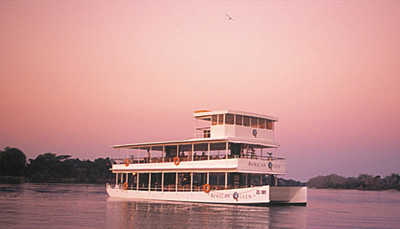
It doesn’t all have to be a flurry of safaris, adventure activities and big city lights. Zambia also offers plenty of leisure holidays for those who want to take things a little more leisurely. There are numerous great spots for good tiger and fly fishing on the bigger rivers and lakes, while it doesn’t get much more relaxed drifting around the vast Lake Kariba on a fully-equipped houseboat. Whatever the case, getting away from the crowds isn’t difficult in Zambia, so put your feet up and enjoy the peace and quiet.



